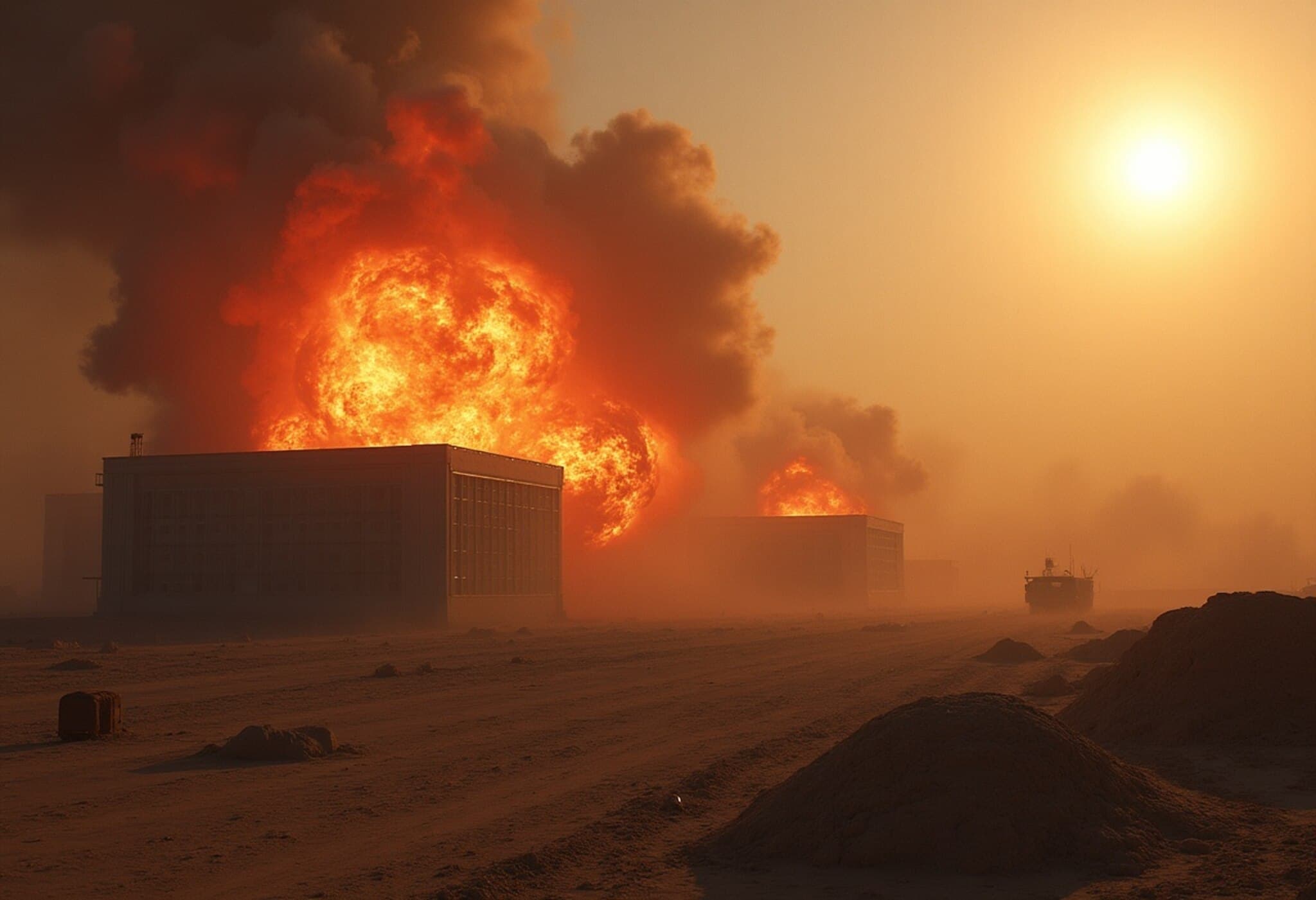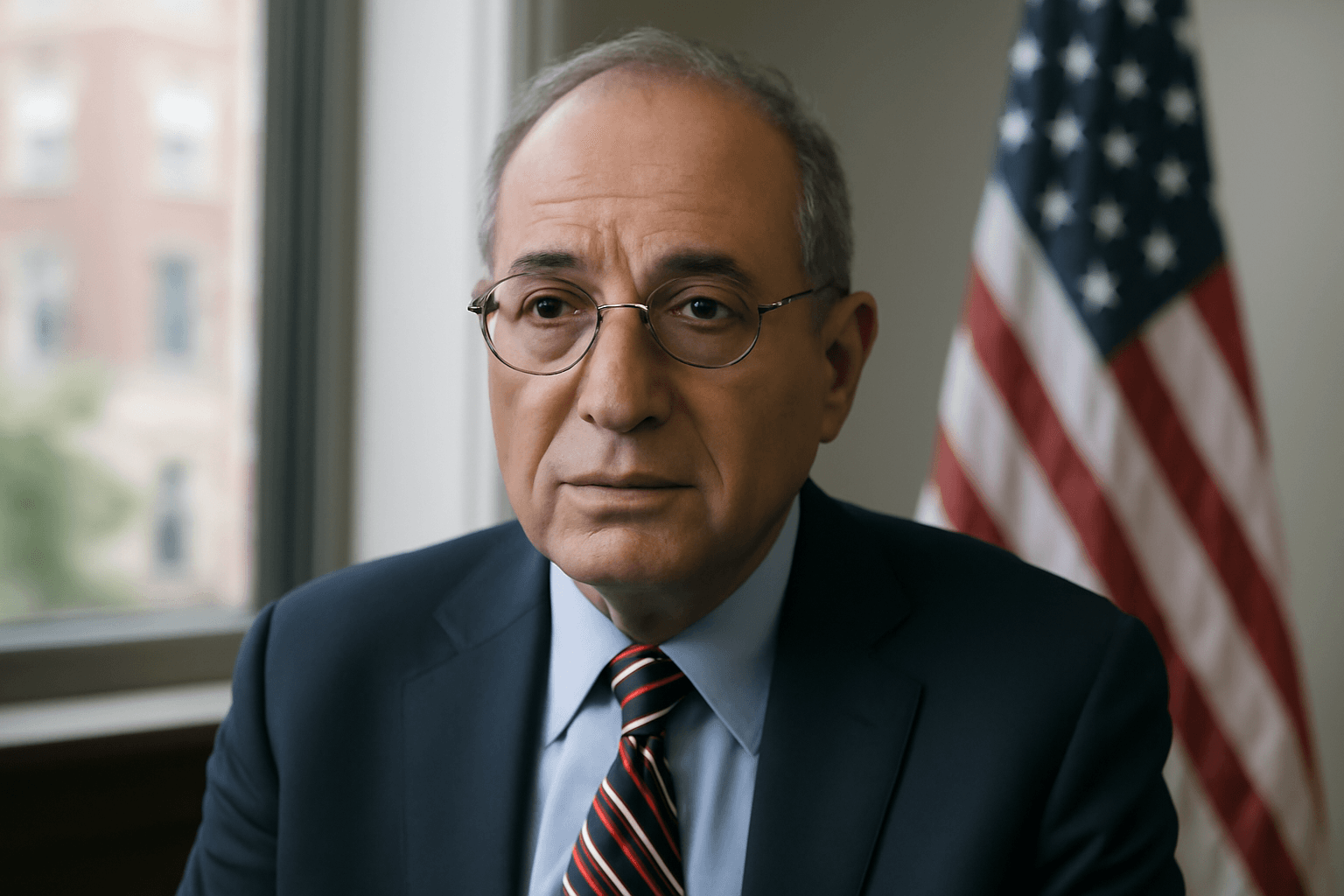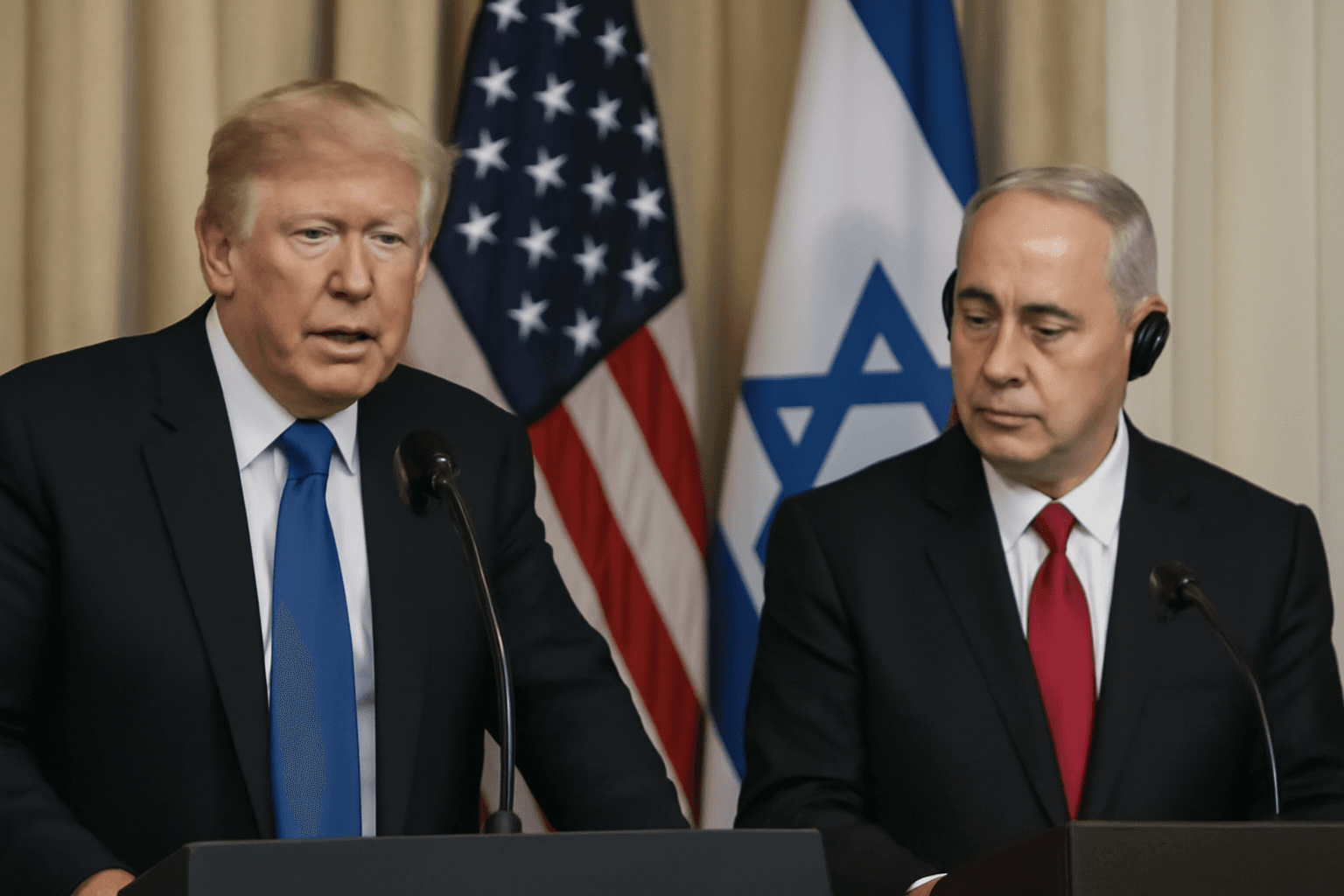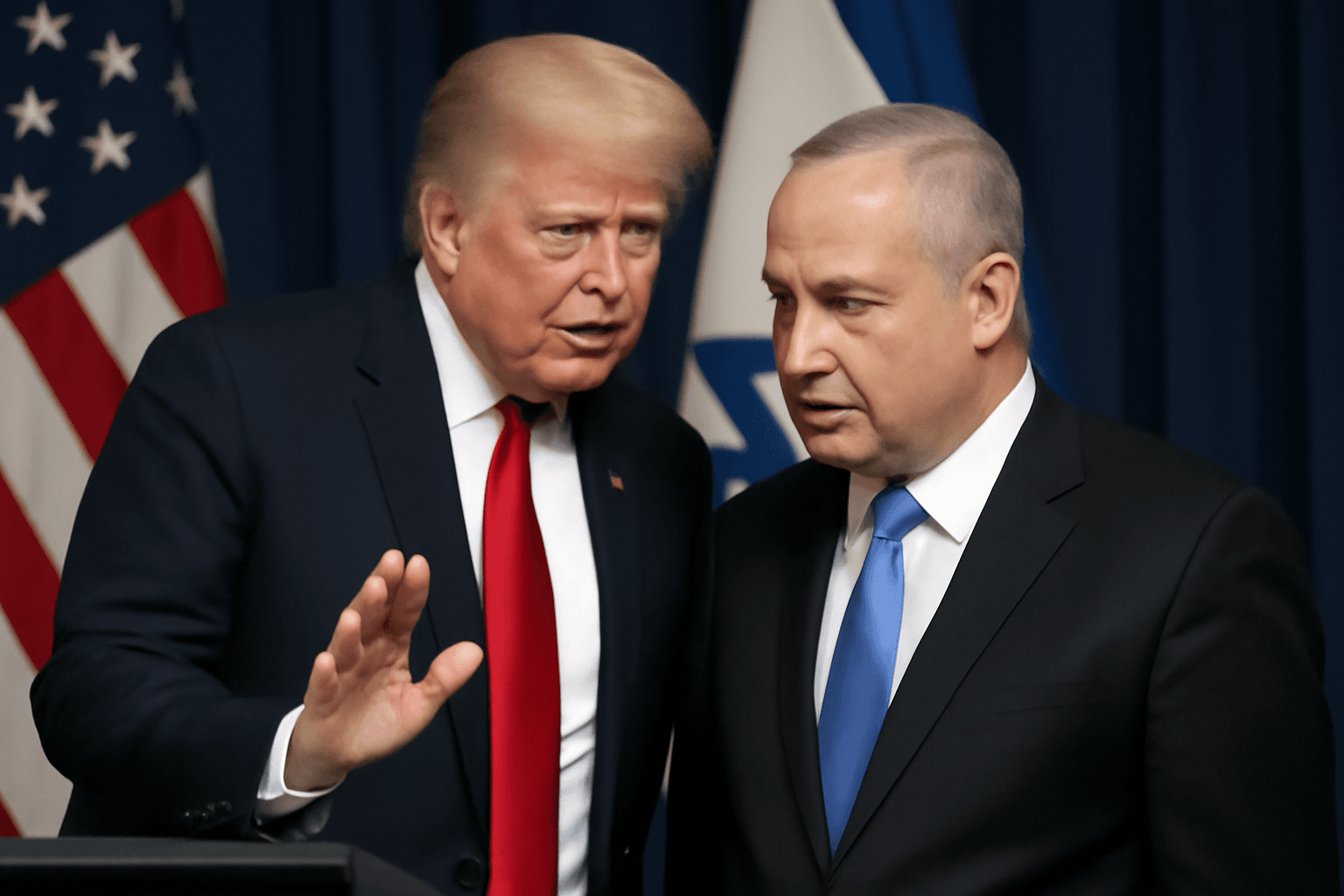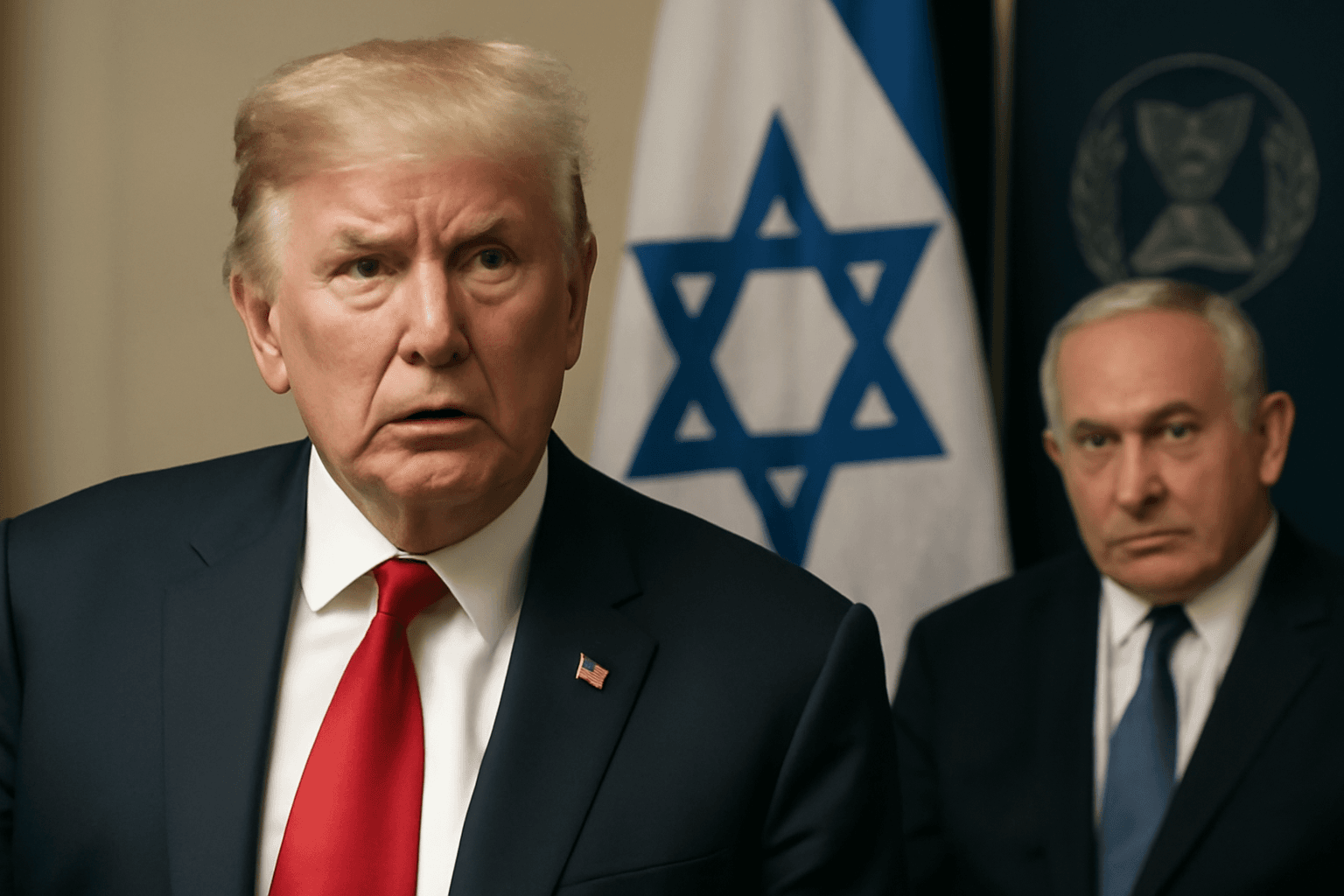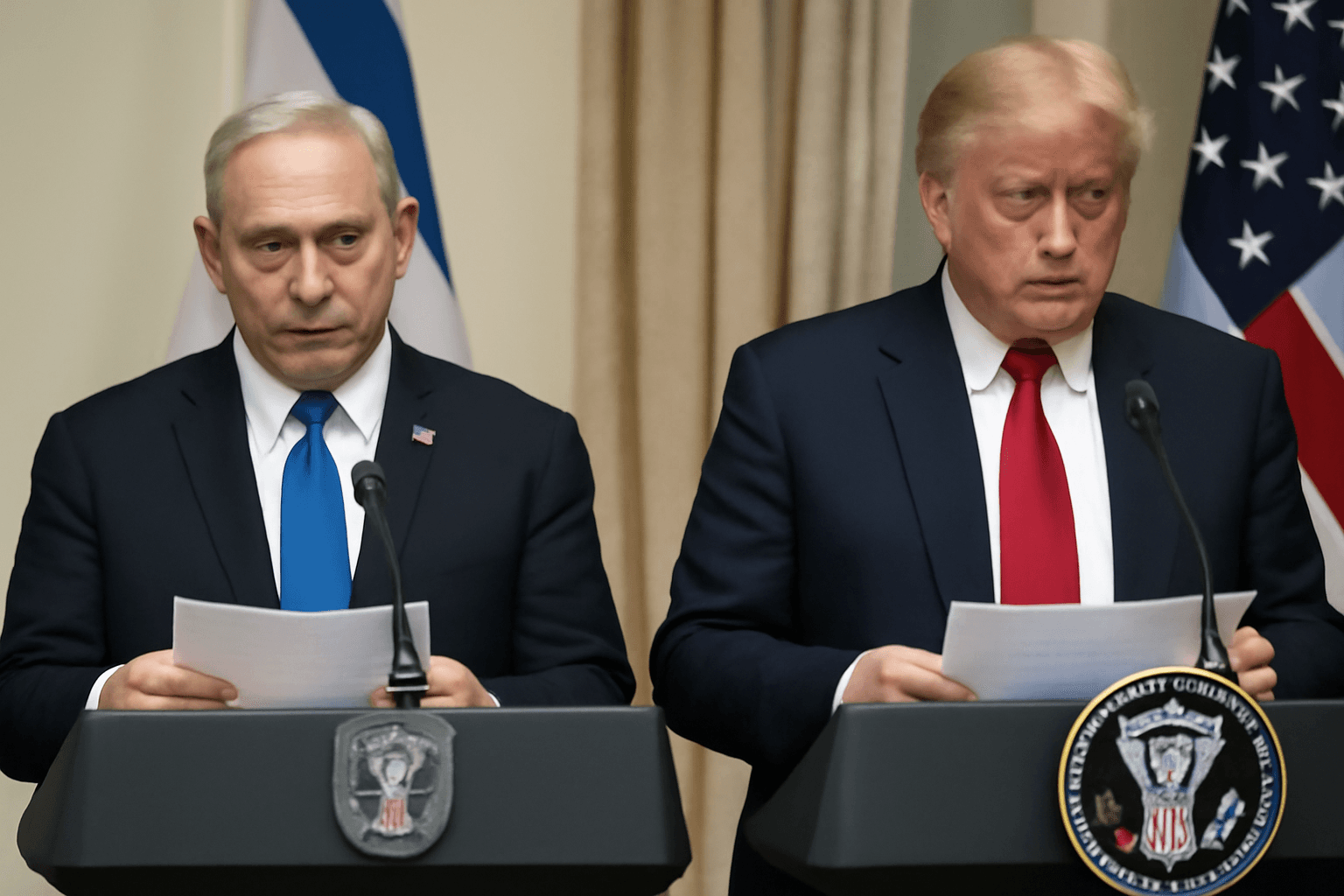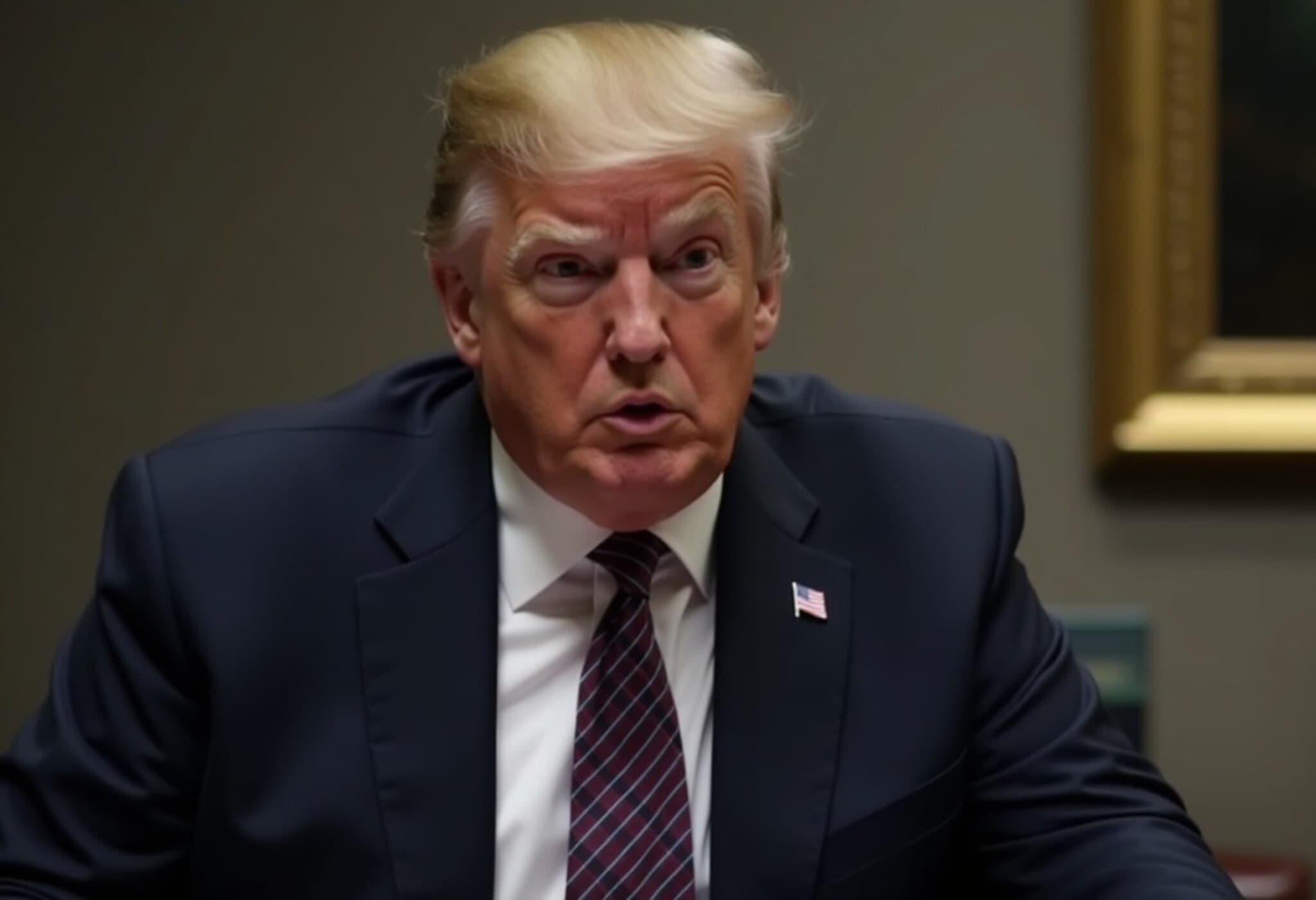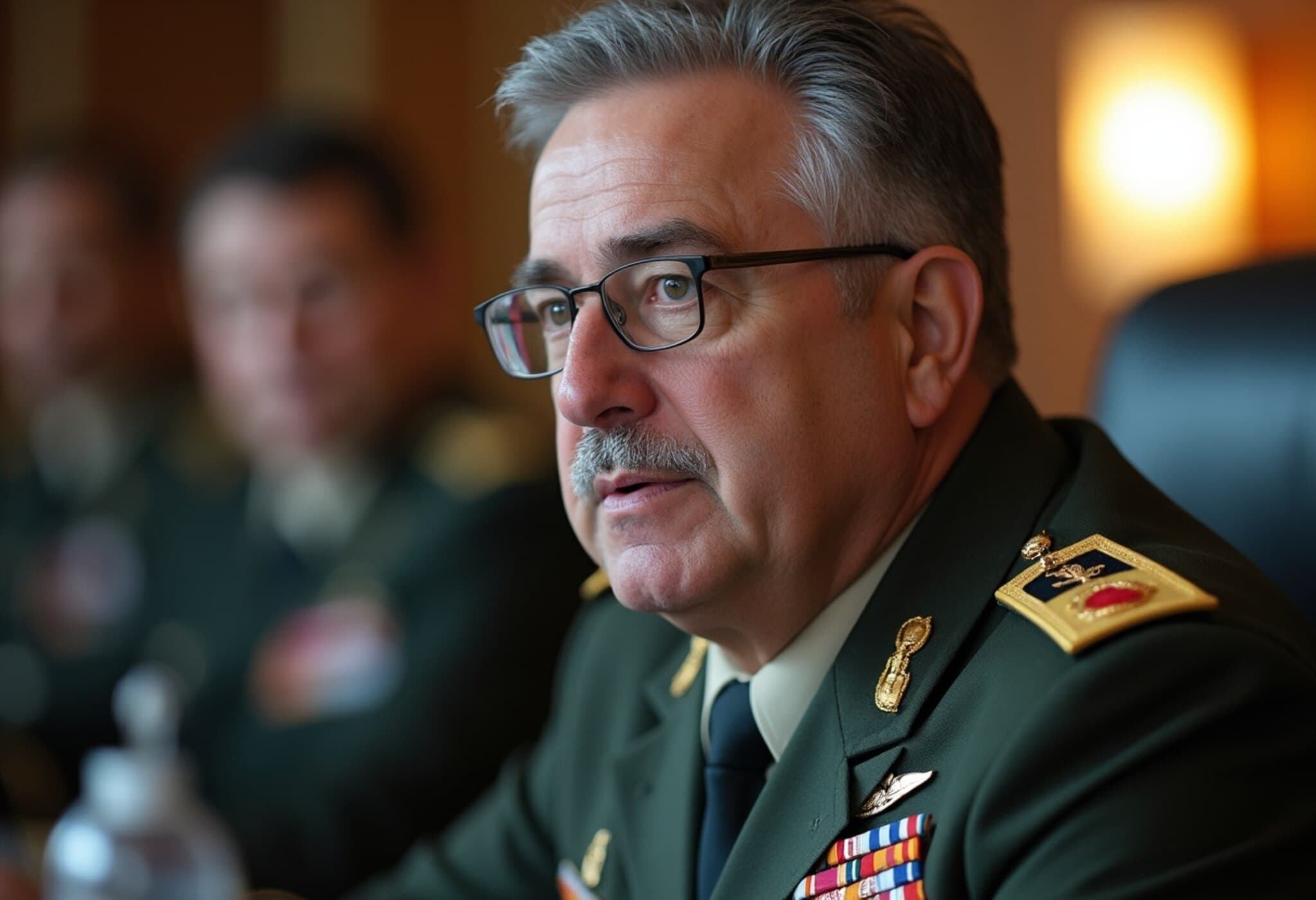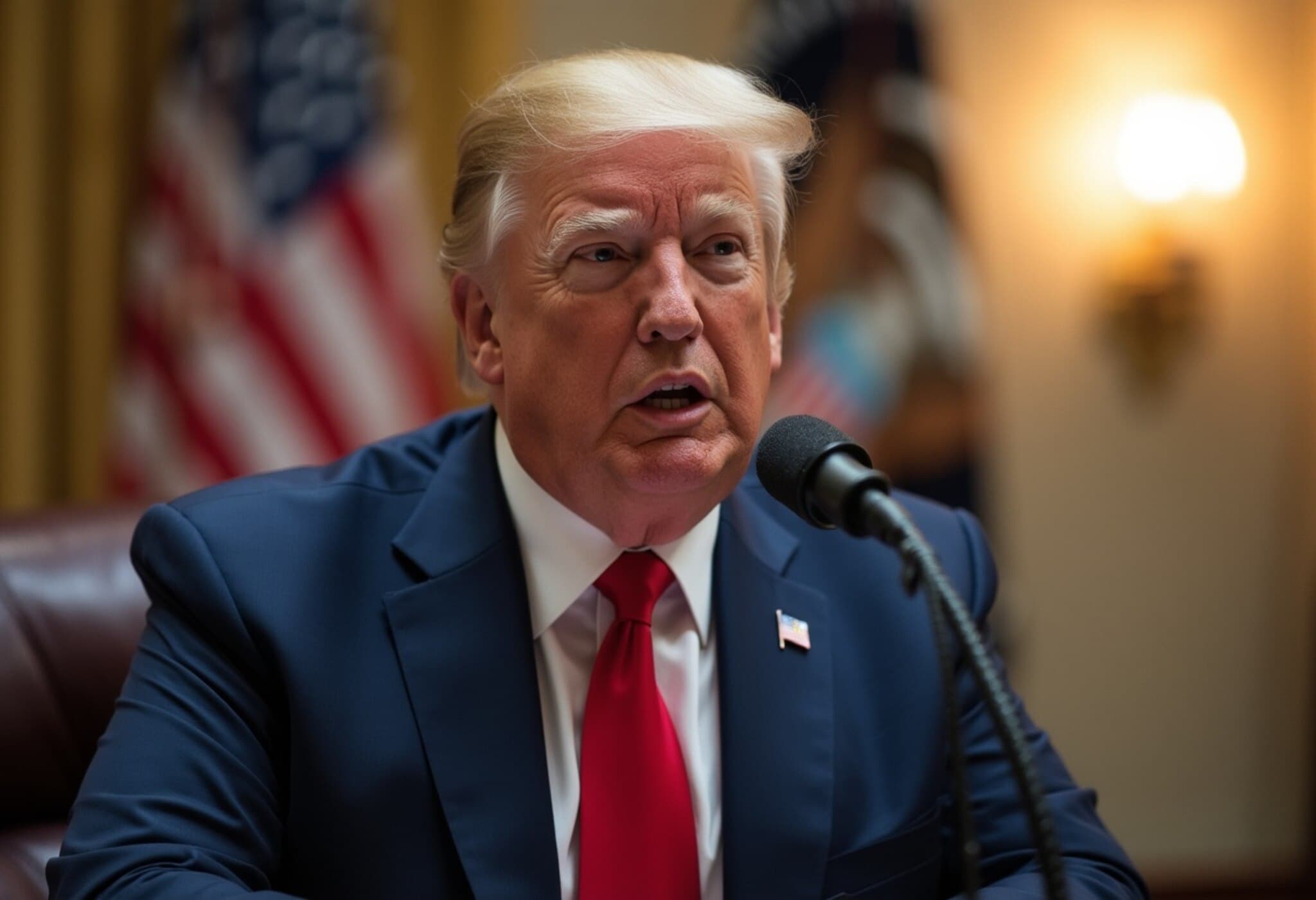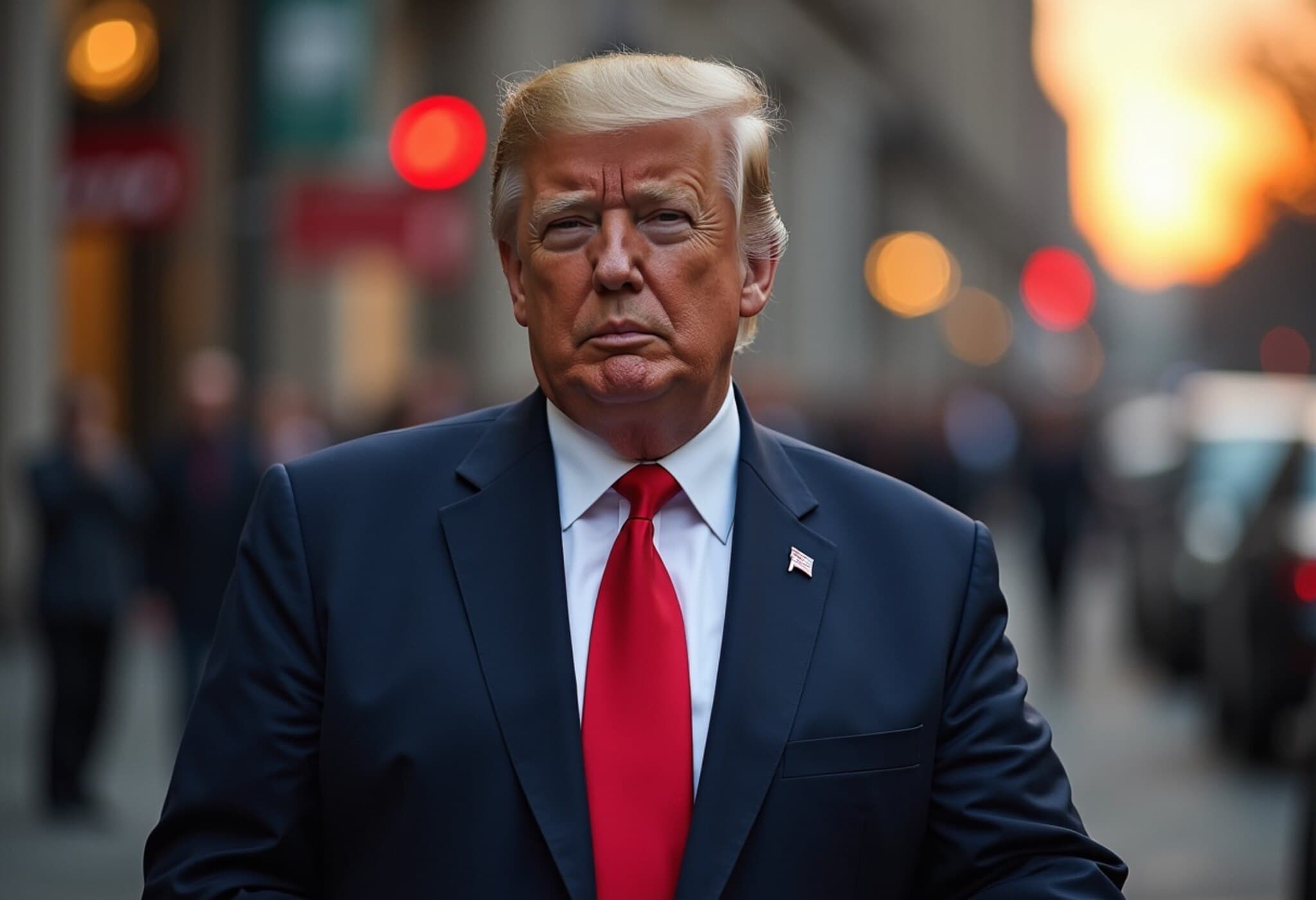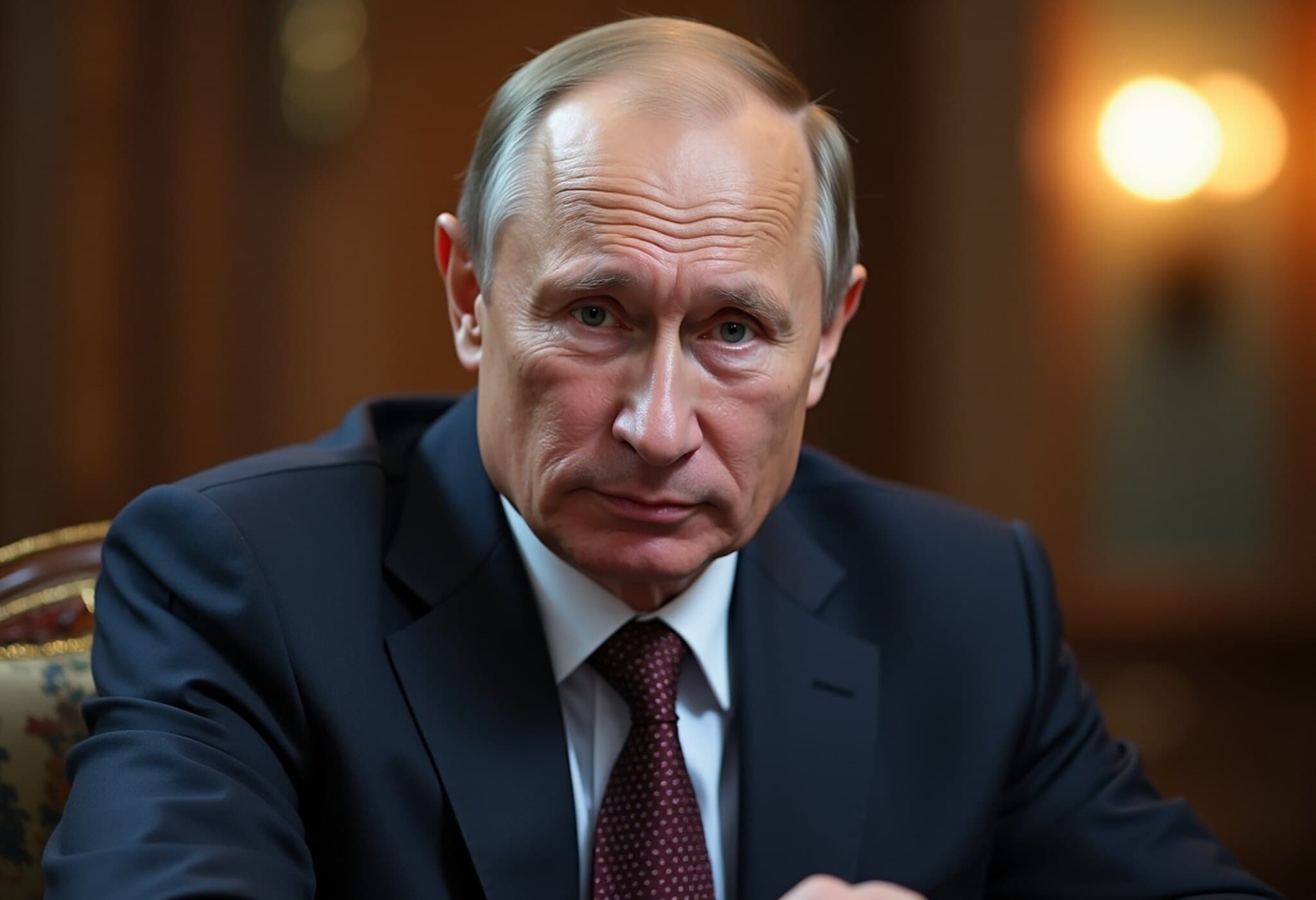The Strategic Challenge of Iran's Fordow Facility
To halt Iran's advancing nuclear ambitions, Israel faces the daunting task of neutralizing the Fordow Fuel Enrichment Plant, one of the most fortified nuclear sites in the region. Despite several Israeli airstrikes, Fordow’s deeply buried location—approximately 80 to 90 meters underground—and robust defenses, including advanced surface-to-air missile systems reportedly supported by Russia, have kept it operational.
Why Conventional Weapons Fall Short
Israel’s conventional arsenal lacks the power to destroy Fordow. While the US possesses the GBU-57 Massive Ordnance Penetrator (MOP), a 30,000-pound bunker-buster capable of striking hardened underground targets, the effectiveness of this weapon against Fordow remains uncertain. Military insiders suggest that only a tactical nuclear weapon could reliably neutralize the facility.
The US Decision: To Strike or Not to Strike?
President Donald Trump has been thoroughly briefed on the risks and benefits of joining Israel’s military efforts to disable Fordow. While understanding the urgency, he has postponed a final decision, opting to wait for up to two weeks to see if diplomatic efforts with Tehran can curb Iran’s nuclear progress.
If diplomatic talks fail and Trump chooses to abstain from military action, Israel might confront a stark choice: proceed alone, potentially considering nuclear options to achieve its objectives.
Netanyahu’s Firm Stance
Israeli Prime Minister Benjamin Netanyahu has been unequivocal about Israel’s resolve, affirming that the nation will act independently if necessary. In an unusual public statement in Hebrew, Netanyahu insisted Israel is prepared to destroy all Iranian nuclear sites, including Fordow, even without US collaboration.
Are Nuclear Weapons on the Table?
The notion that Israel might deploy low-yield nuclear weapons against Fordow has sparked intense speculation. Conventional munitions have failed to penetrate the facility’s defenses, making nuclear options a potential last resort.
Experts note that while Israel traditionally maintains a policy of nuclear ambiguity—never the first to introduce nuclear weapons into the region—it likely possesses low-yield nuclear arms sufficient to destroy deeply buried sites.
For perspective, the US GBU-57 yields around the equivalent of 2 tons of TNT, whereas historical tactical nuclear weapons like the Davy Crockett had yields as low as 10 tons of TNT. Such weaponry could provide Israel the firepower needed to penetrate Fordow’s formidable defenses.
Moreover, the mere suggestion or hint that Israel could use nuclear force might exert enough pressure on Iran to resume negotiations.
Understanding Fordow’s Significance
Fordow, located near Qom roughly 30 kilometers northeast of the city, spans about 54,000 square feet and contains nearly 3,000 centrifuges. Crucially, it is the only confirmed site where uranium enrichment near weapons-grade levels takes place.
Reports indicate Iran has enriched uranium at Fordow up to 60%, with some claims of enrichment reaching 83.7% purity—alarming levels that edge dangerously close to weapons-grade material.
The Road Ahead
As diplomatic efforts continue under intense global scrutiny, the stakes remain exceptionally high. If the US declines to engage militarily, Israel may face complex geopolitical decisions, potentially escalating its military tactics dramatically.
The world watches closely as tensions simmer over one of the Middle East’s most precarious flashpoints, with Fordow at the heart of a delicate balance between diplomacy and military brinkmanship.

